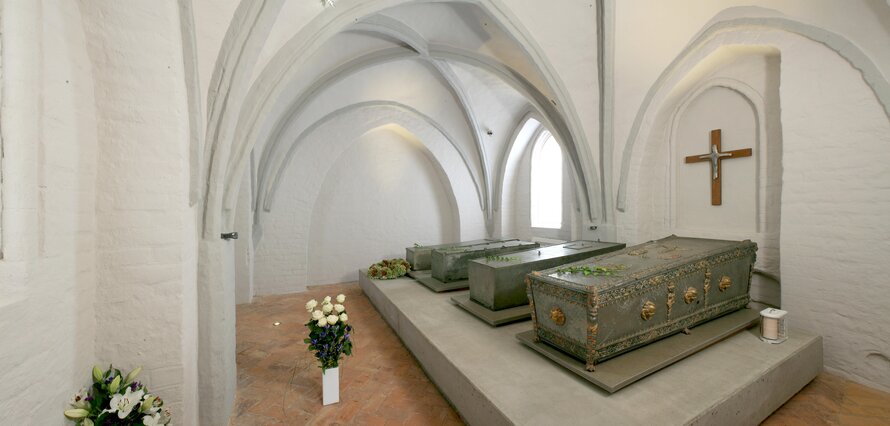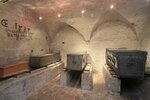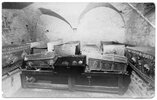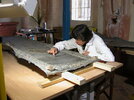The sarcophagi of the Dukes of Pomerania, Wolgast
The restoration of seven pewter sarcophagi that were broken open and damaged in 1688 by grave robbers. Creation of a worthy burial place for the members of the Ducal House that is significant for the region of Pomerania.
Read more
Project details
| Title: | The sarcophagi of the Dukes of Pomerania, Wolgast |
|---|---|
| Entr. year: | 2010 |
| Result: | Award |
| Country: | Germany |
| Town: | Wolgast |
| Category type: | works of art and collections |
| Notes: | Typology: Restoration of sarcophagi in the burial crypt of the Dukes of Pomerania-Wolgast |
| Building type/ Project type: | See notes |
| Architect / Proj.leader: | Wolfgang Hofmann, Freelance metal restorer |
| The Jury's citation: | "This outstanding project aimed at the restoration of an ensemble of 16th century pewter sarcophagi, almost 300 years after they have been seriously damaged. The exemplary work done is recognised for its high quality in conserving existing heritage, using modern techniques and materials, whilst maintaining all historical aspects. With the crypt and chapel now open for visitors, through the presentation of sarcophagi which represent "regained history", this project takes part in rebuilding identity in this Euro-region. With the crypt and chapel now open for visitors and through the presentation of sarcophagi representing "regained history", this project takes part in rebuilding identity in this Euro-region." |
| GPS: | 54°3'11,5"N; 13°46'32,7"E |
| Web, Links: | www.kirche-wolgast.de/st_petri.htm |
Description:
The restoration of seven pewter sarcophagi that were broken open and damaged in 1688 by grave robbers. Creation of a worthy burial place for the members of the Ducal House that is significant for the region of Pomerania.
Similar projects
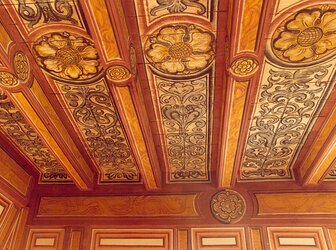
CONSERVATION and ADAPTIVE REUSE
"Hornmoldhaus" Renaissance House, Bietigheim-Bissingen
Germany
16th century
16th century
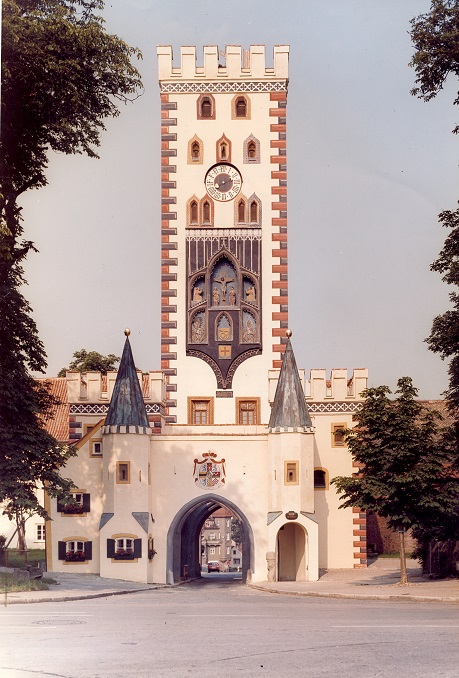
CONSERVATION and ADAPTIVE REUSE
Bayertor (Bavarian Gate), Landsberg am Lech
Germany
15th century
15th century
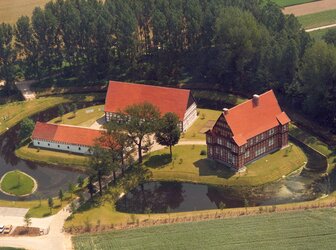
CONSERVATION and ADAPTIVE REUSE
Aussel Manor House, Rheda-Wiedenbrück
Germany
12th century
12th century
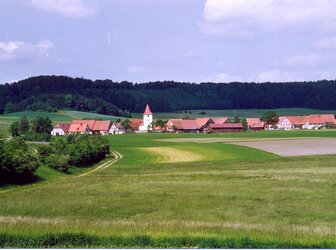
CONSERVATION and ADAPTIVE REUSE
Häslabronn village renewal scheme
Germany

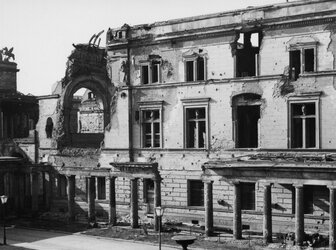
CONSERVATION and ADAPTIVE REUSE
Neues Museum, Berlin
Germany
19th century
19th century
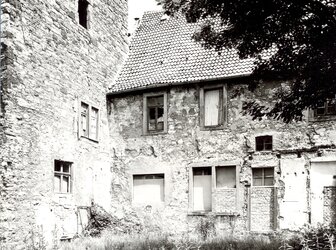
CONSERVATION and ADAPTIVE REUSE
Ledenhof, Osnabrück
Germany
14th century
14th century
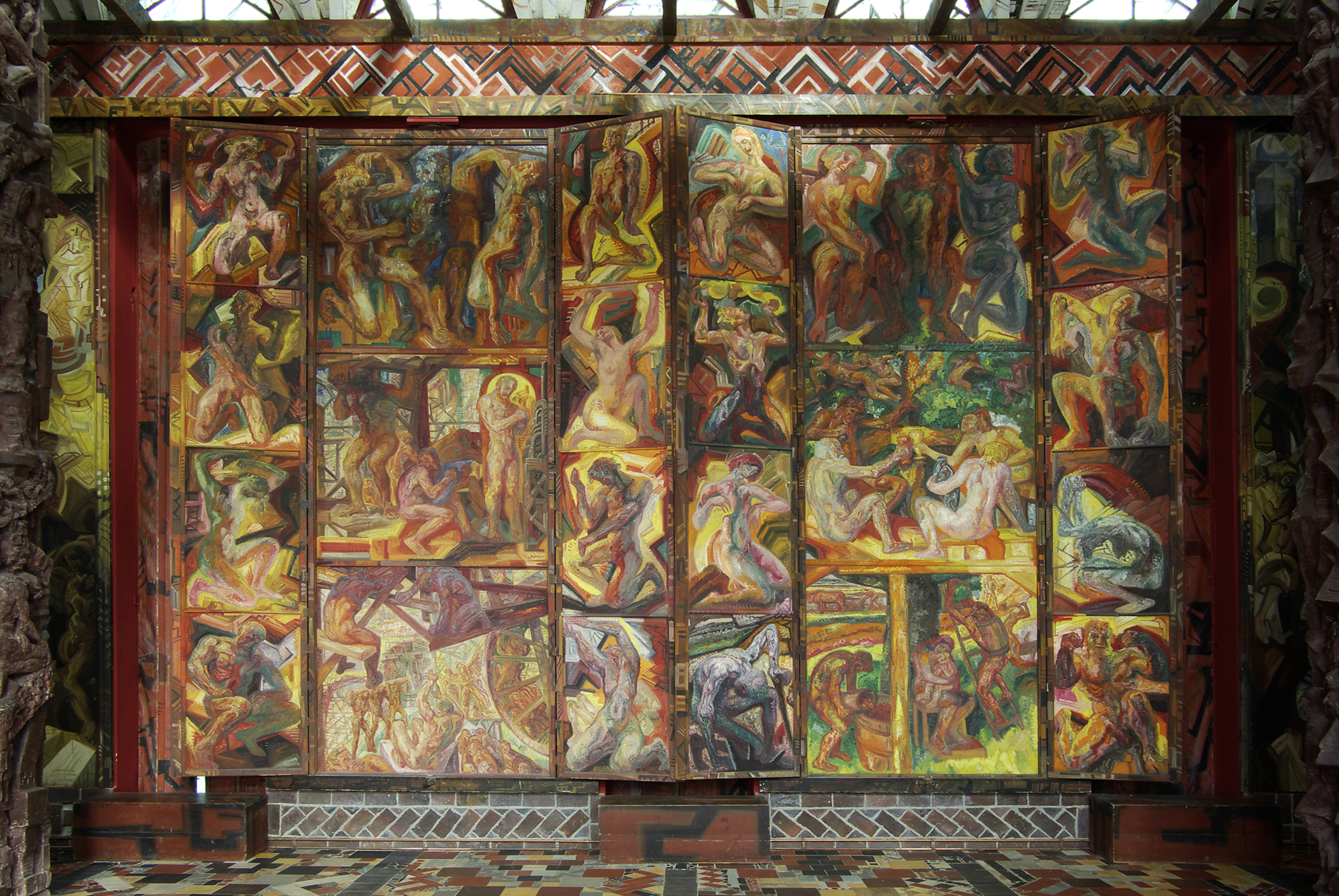
CONSERVATION and ADAPTIVE REUSE
Restoration of the “Second Temple Cycle”, Jesteburg
Germany
1925–1929
1925–1929
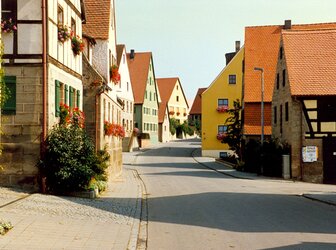
CONSERVATION and ADAPTIVE REUSE
Großweingarten village renewal scheme
Germany
19th century
19th century
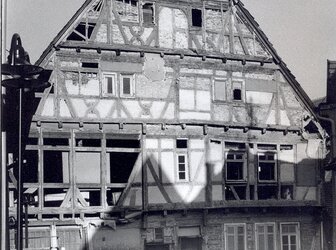
CONSERVATION and ADAPTIVE REUSE
"Großes Haus an der Rems", Waiblingen
Germany
16th century
16th century
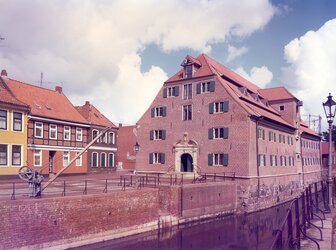
CONSERVATION and ADAPTIVE REUSE
Urban renewal project: Old Town, Old Port and Horse Market,…
Germany
17th century
17th century
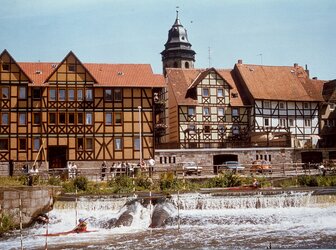
CONSERVATION and ADAPTIVE REUSE
Waterfront Fulda River, Münden
Germany

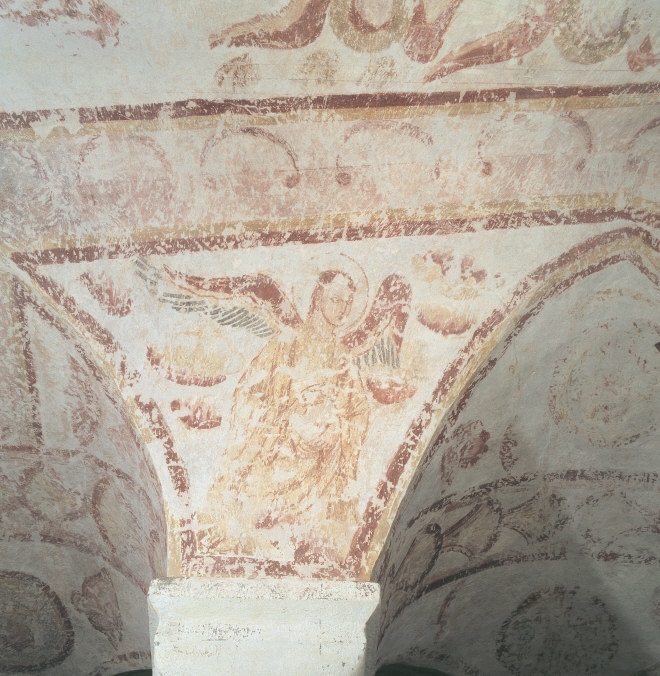
CONSERVATION and ADAPTIVE REUSE
Wall-Paintings of the Ottonian Crypt at Saint Andrew's…
Germany
11th century
11th century
